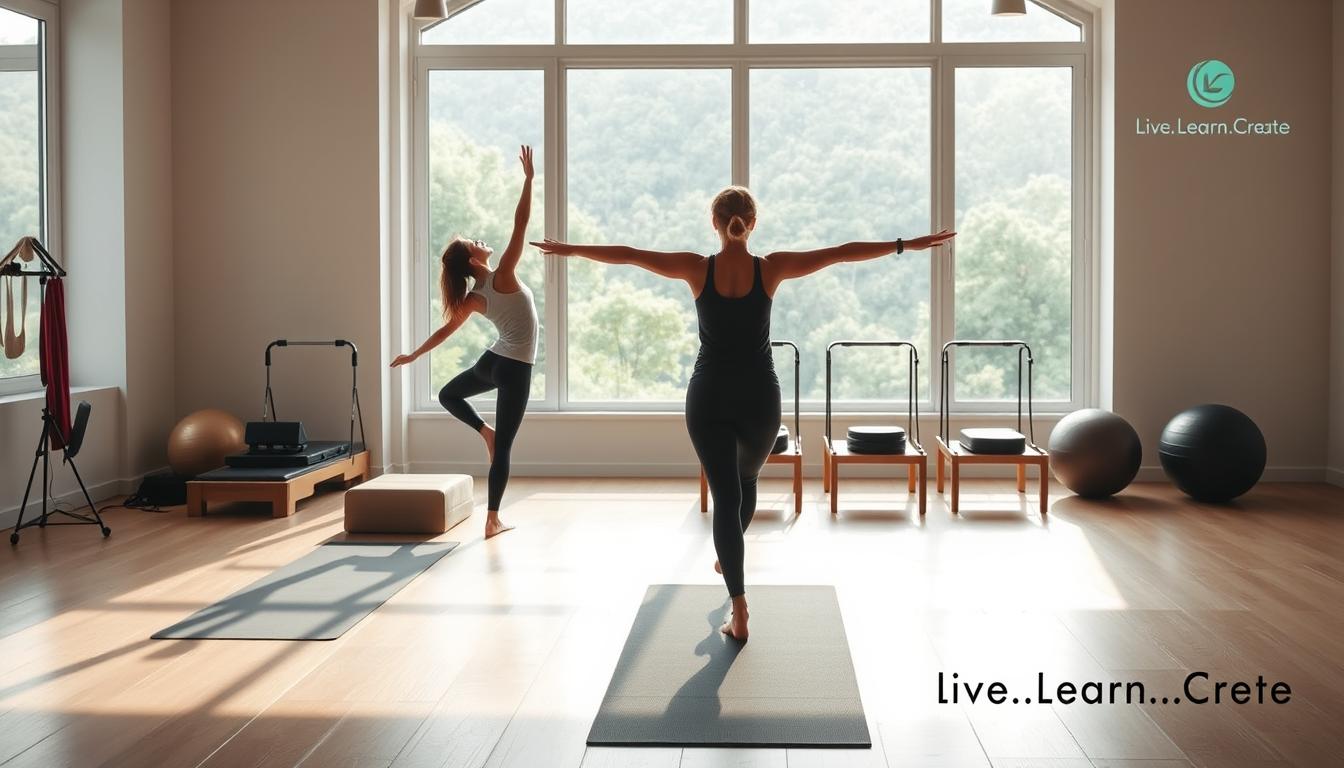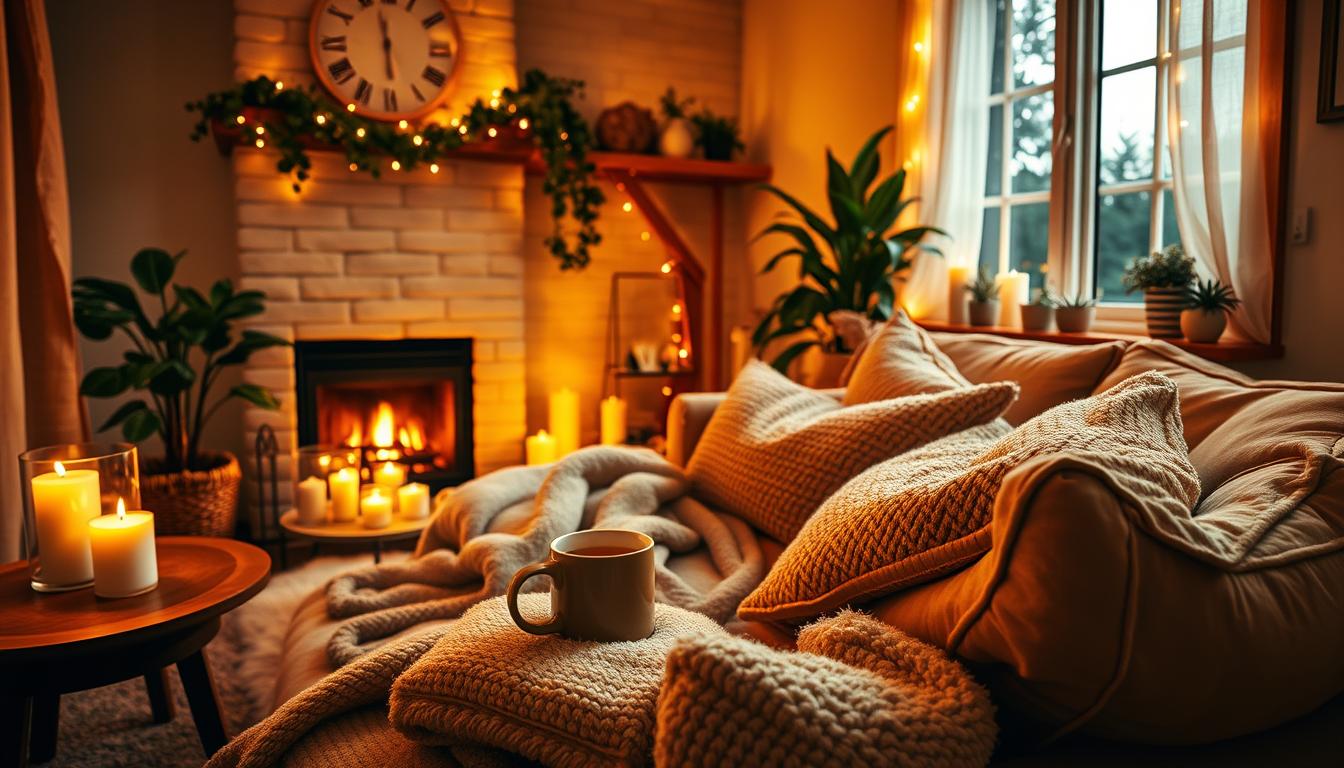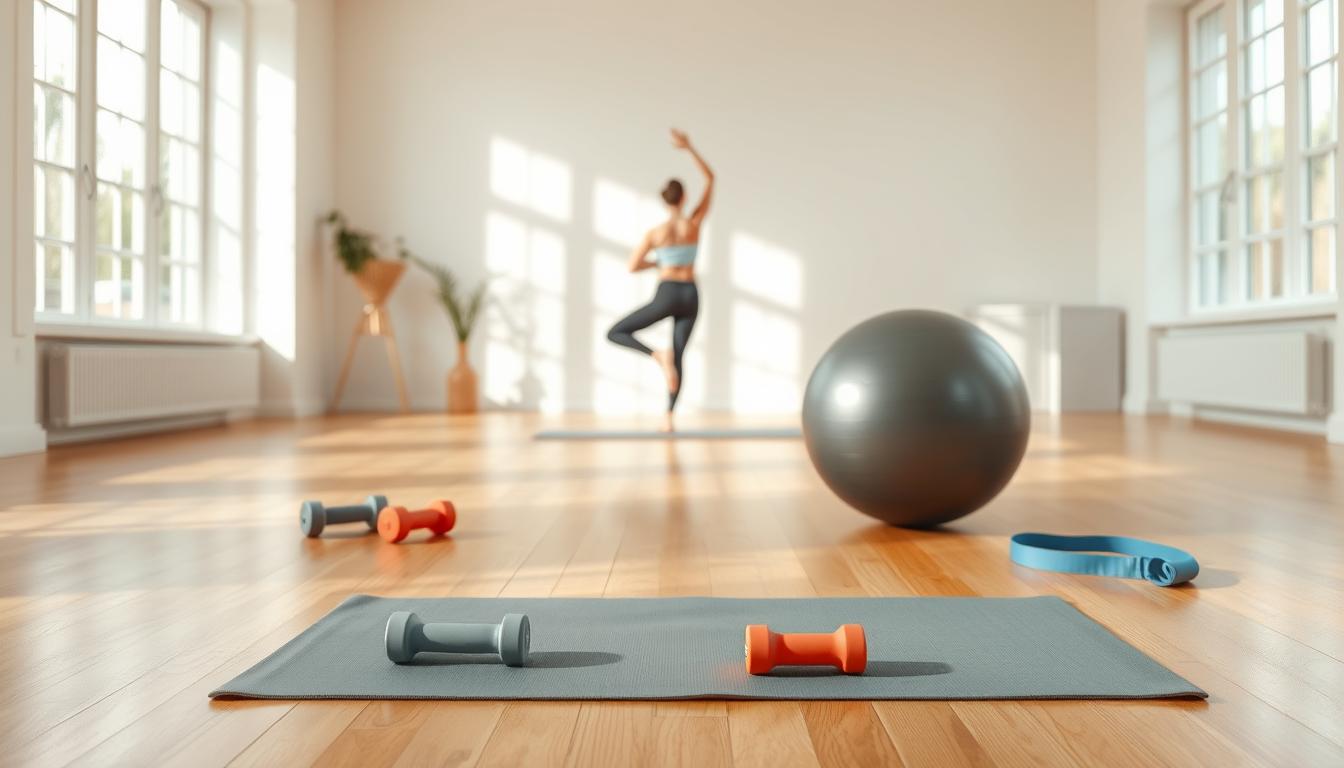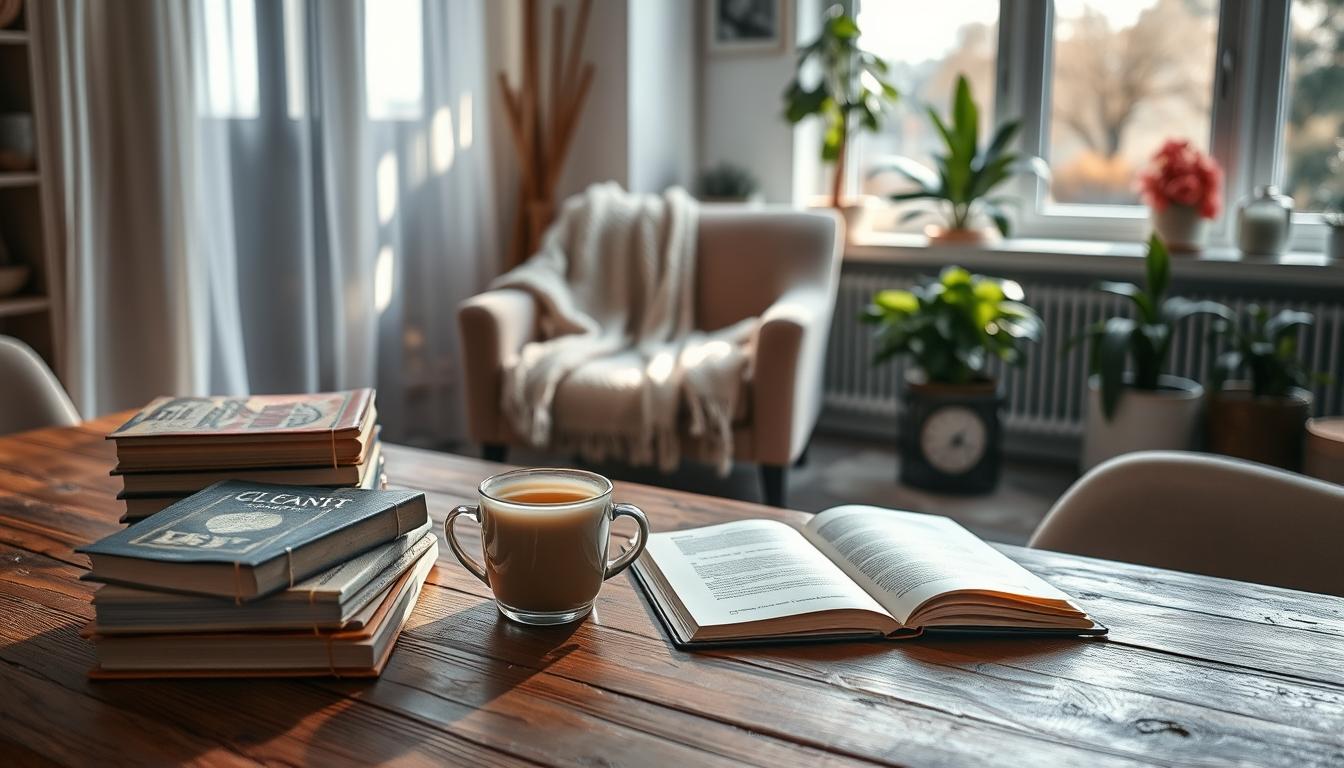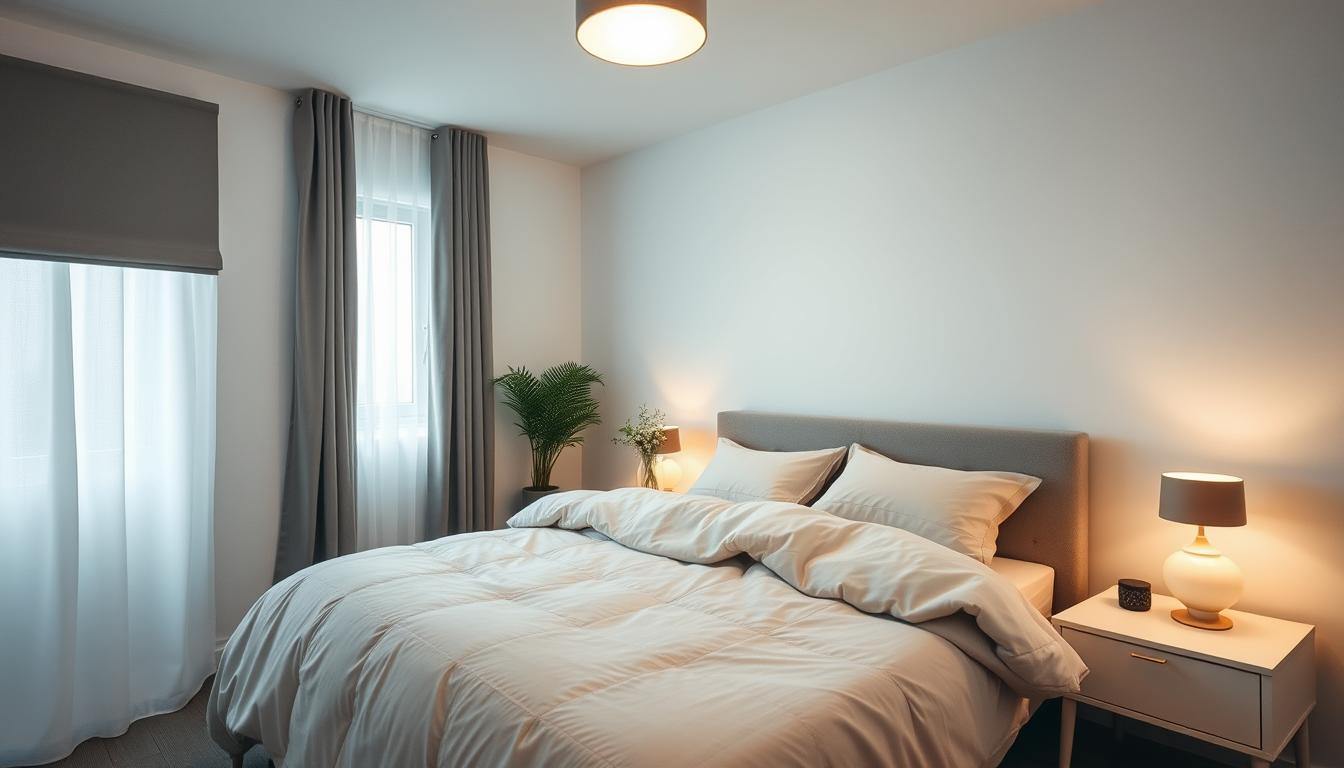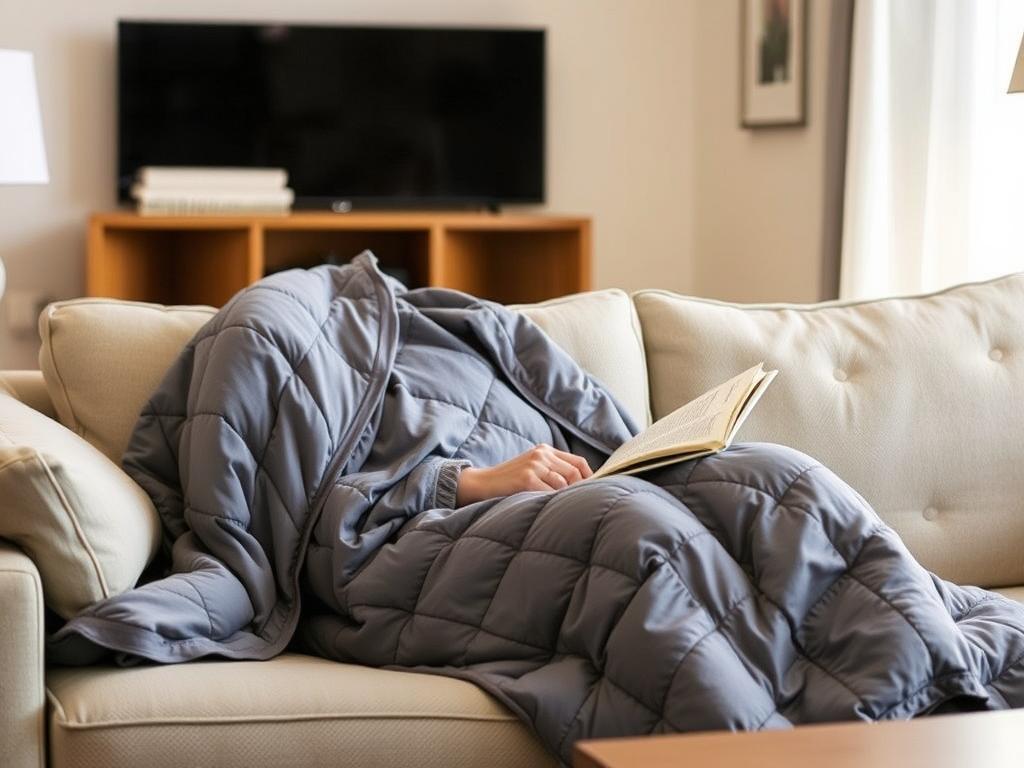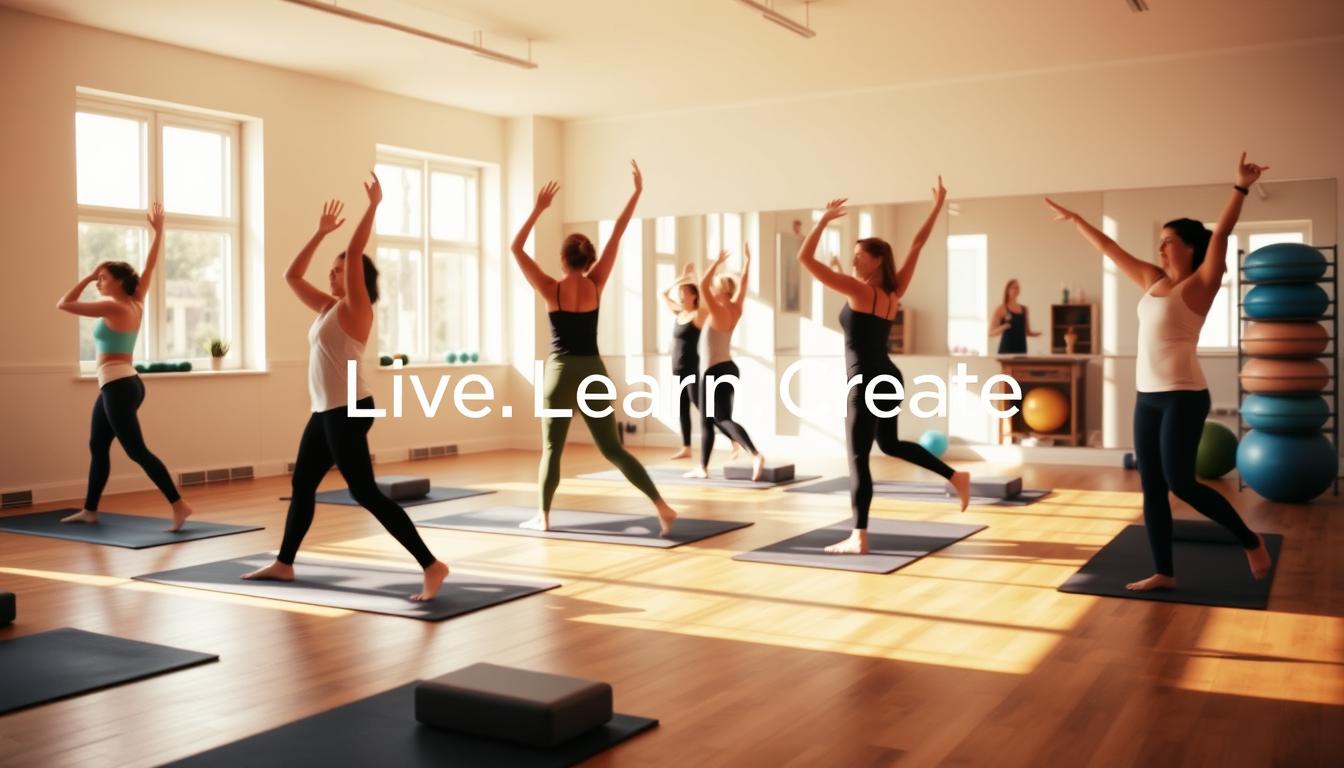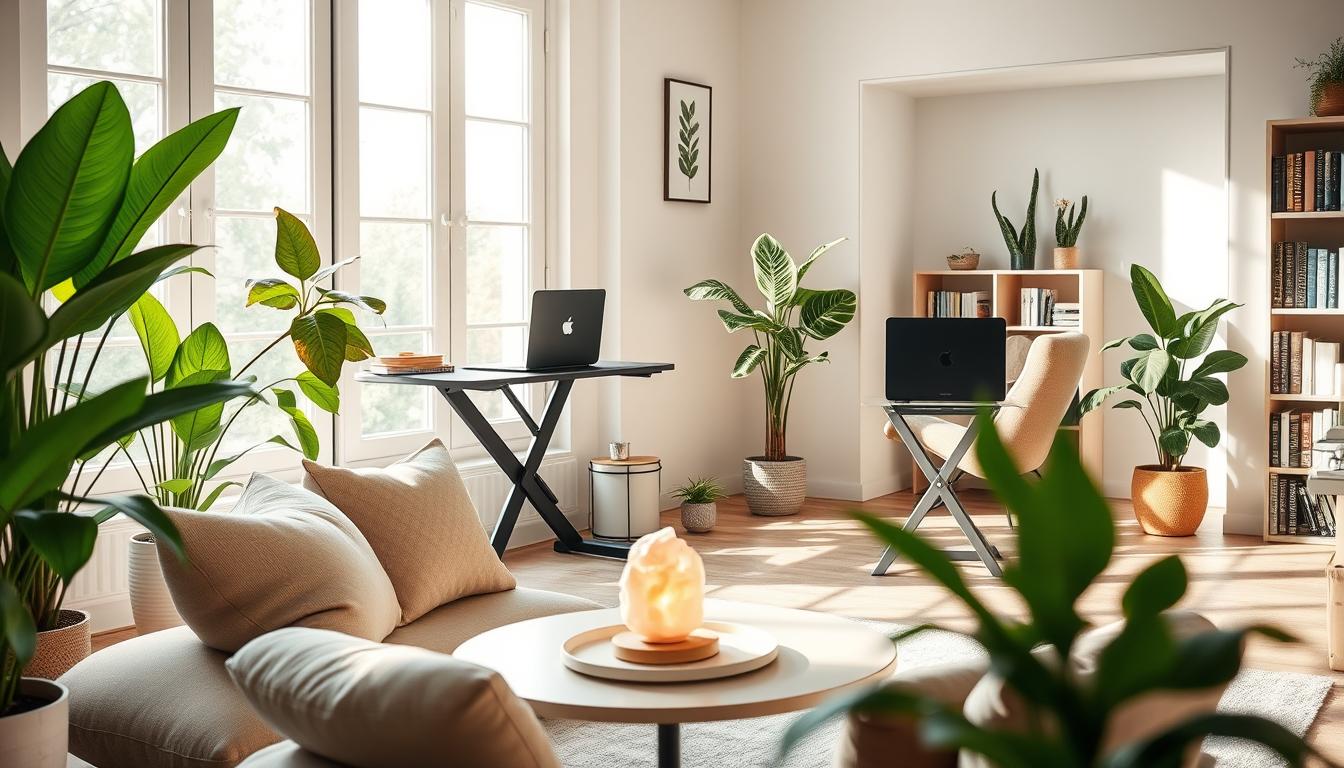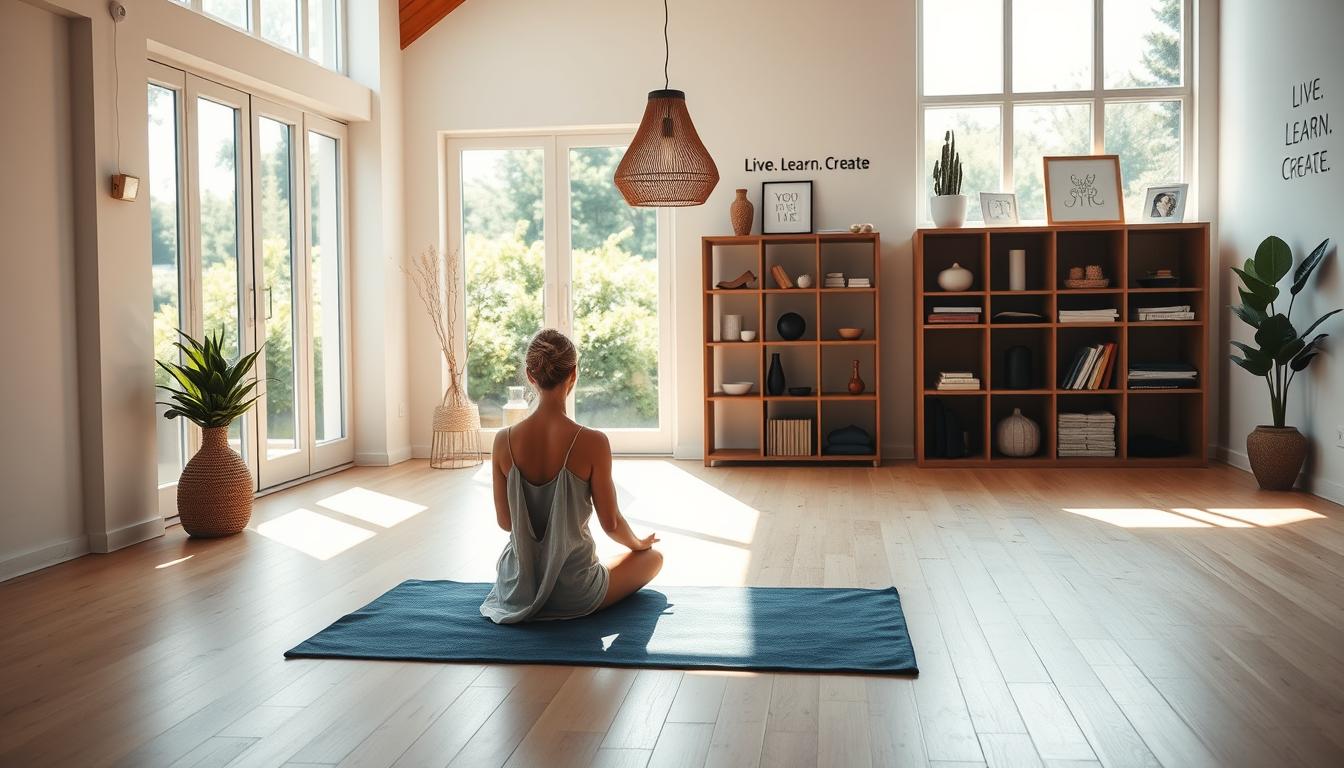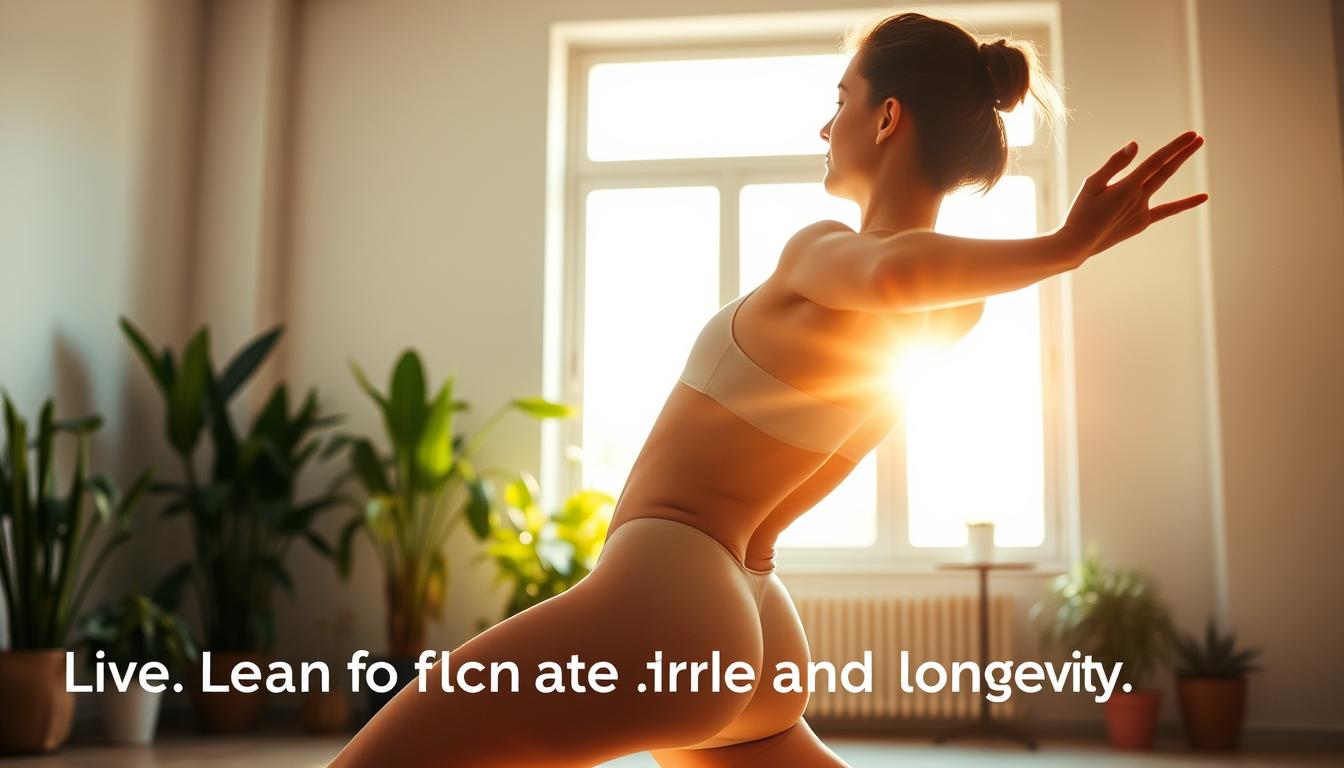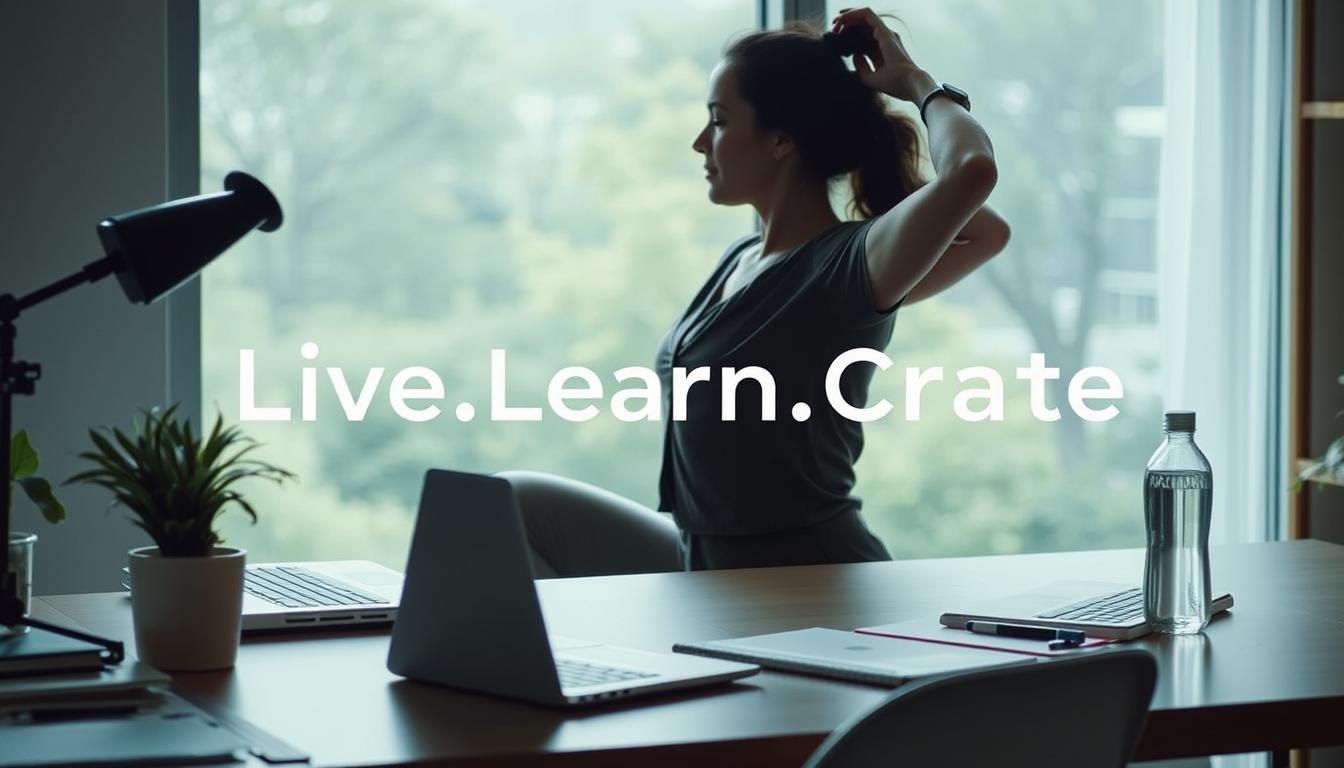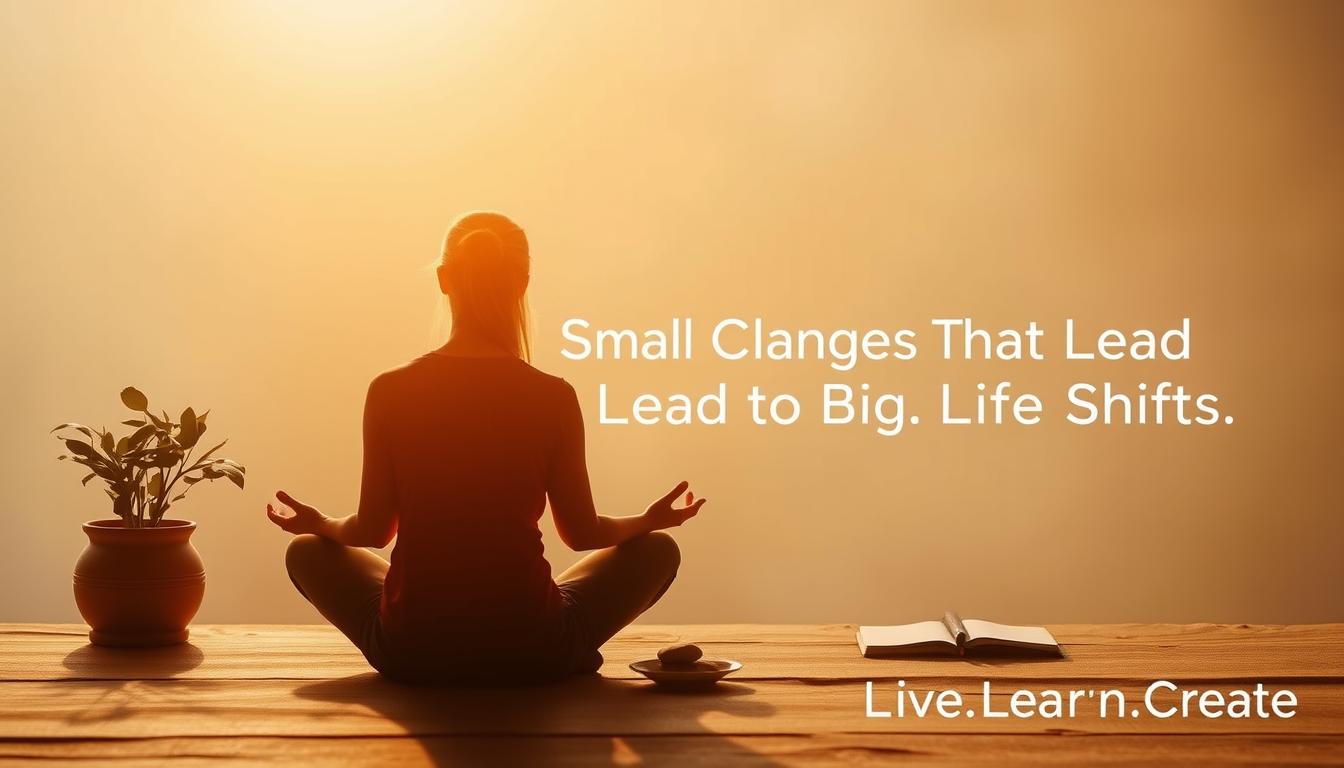Ever wondered how to choose between yoga and Pilates for your wellness journey? Both practices offer unique benefits, but the right choice depends on your goals, preferences, and approach to self-care. Inspired by Wellness Homes of Chicago’s philosophy of fostering well-being—not just treating sickness—we’ll explore how these disciplines fit into a modern life focused on balance.
Yoga and Pilates share a common thread: they’re accessible, adaptable, and designed to meet you where you are. Whether you prefer the mindful flow of yoga or the core-focused precision of Pilates, both can be practiced at home, echoing Wellness Homes’ emphasis on low-barrier access. Like the University of Chicago’s wellness programs, this guide helps you align your practice with what truly nourishes you.
Key Takeaways
- Yoga and Pilates complement each other in a holistic approach to well-being.
- Both practices adapt to home settings, making them accessible for busy lifestyles.
- Your choice depends on personal goals—mindfulness (yoga) or strength (Pilates).
- Wellness is proactive, not just reactive—align your practice with your needs.
- Small, consistent steps matter more than perfection in your wellness journey.
Introduction to Yoga and Pilates
Ancient traditions meet modern movement in yoga and Pilates. Both practices help you build strength and flexibility, but their roots and focus differ. Let’s explore what makes each unique—and how they fit into a balanced routine.
What Is Yoga?
Yoga began over 5,000 years ago in India. It blends physical postures (asanas), breathwork (pranayama), and meditation. Unlike gym workouts, yoga prioritizes mindful self-care and spiritual growth.
Think of it as a holistic experience. It’s not just about touching your toes—it’s about calming your mind too. The University of Chicago’s wellness programs highlight similar principles: body awareness and meditation as lifelong habits.
What Is Pilates?
Pilates emerged in the 1920s as a rehabilitation system. Joseph Pilates designed it to strengthen the core and improve posture. Movements are controlled, precise, and often use resistance bands or reformers.
Originally used in clinics, Pilates now thrives in living rooms. No clinic visits required—just a mat and focus. Like yoga, it adapts easily to home practice, making it ideal for busy schedules.
| Yoga | Pilates | |
|---|---|---|
| Origin | Ancient India (spiritual) | 1920s Germany (rehab) |
| Focus | Mind-body connection | Core strength & alignment |
| Equipment | Mat (optional props) | Mat, bands, or reformers |
Both practices share sustainable health benefits. Yoga leans into flexibility and stress relief, while Pilates builds endurance. Choose based on what your body—and mind—need most today.
Yoga vs. Pilates: Key Differences
While yoga and Pilates share similarities, their benefits cater to distinct needs. One nurtures the mind-body connection; the other hones physical precision. Let’s break down how they differ—and how to choose what fits your goals.
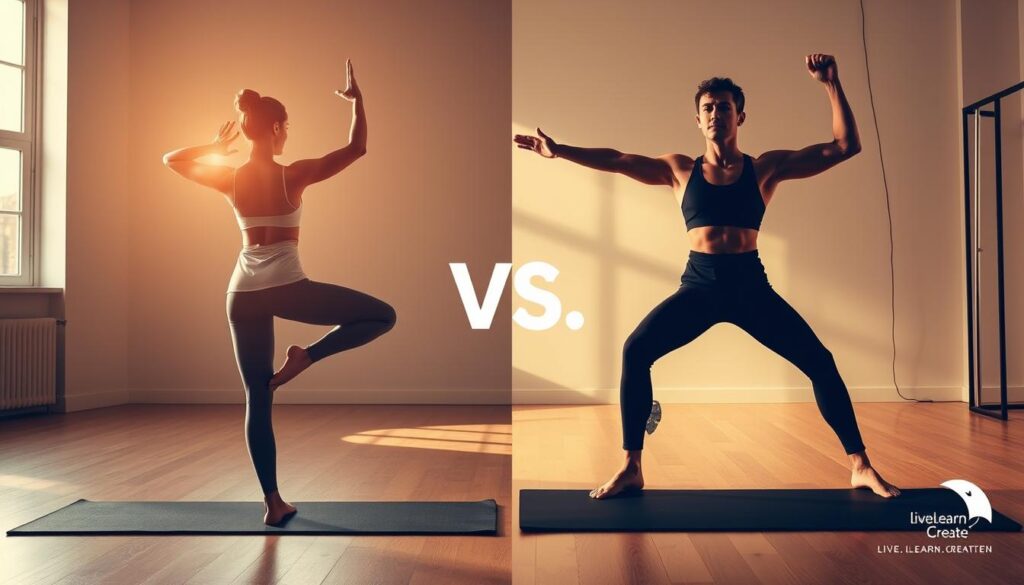
Physical Benefits Compared
Yoga thrives on flexibility. Poses like downward dog and warrior stretches lengthen muscles, improving mobility. Studies show regular practice enhances joint health and reduces injury risk.
Pilates, meanwhile, sculpts strength. Its controlled movements—like the hundred or roll-up—target core stability. Think of it as internal armor: toned abs and back muscles support posture and endurance.
| Yoga | Pilates | |
|---|---|---|
| Primary Focus | Flexibility & relaxation | Core strength & alignment |
| Ideal For | Stress relief, joint mobility | Posture correction, muscle tone |
Mental and Emotional Focus
Yoga’s breathwork (pranayama) quiets the mind. It’s a moving meditation, ideal if stress weighs you down. Like Healthy Hearts’ telehealth services, it meets you where you are—no pressure, just progress.
Pilates demands focus too, but differently. Each rep requires precision, training your brain to align movement with breath. It’s less about zen, more about mindful mechanics.
Equipment and Environment
A yoga mat is all you need—practice anywhere, from studios to parks. This mirrors Healthy Hearts’ model of low-barrier access to care.
Pilates often uses reformers or resistance bands. While studios offer equipment, home workouts with minimal gear work too. Both adapt, but Pilates leans slightly more on tools.
Choosing Based on Your HEALTH & WELLNESS Goals
Finding the right practice starts with understanding what your body truly needs. Like Wellness Homes’ integrative community spaces, your choice should nurture both movement and meaning. Let’s match your priorities to the practice that fits—whether it’s yoga’s calming flow or Pilates’ precision.
For Flexibility and Stress Relief
Yoga shines when life feels overwhelming. Its gentle stretches and breathwork ease tension, much like personalized care adapts to each patient’s needs. Studies show yoga lowers cortisol levels—ideal if stress disrupts your sleep or focus.
Consider yoga if you:
- Crave mindfulness alongside movement
- Need joint mobility (e.g., stiff shoulders or hips)
- Want a portable practice—no equipment required
For Core Strength and Posture
Pilates builds resilience from the inside out. Athletes and desk workers alike benefit from its focus on alignment. As Healthy Hearts emphasizes for patients, small adjustments yield big results—think fewer backaches and better balance.
Try Pilates if you:
- Seek injury prevention or rehab support
- Desire toned abs without crunches
- Prefer structured, repeatable sequences
“Wellness isn’t one-size-fits-all. It’s about creating spaces where every body finds its rhythm.”
Still unsure? Blend both. The University of Chicago’s balanced wellness programming shows how yoga’s mindfulness and Pilates’ strength work harmoniously. Listen to your body—it’s the best provider of clues.
How to Get Started
Ready to roll out your mat and begin? Here’s how to start yoga or Pilates with confidence. We’ll guide you through foundational moves—with modifications for every level.

Beginner-Friendly Yoga Poses
These five poses build strength and flexibility safely. Move slowly and breathe deeply—perfection isn’t the goal.
- Mountain Pose (Tadasana): Stand tall, feet hip-width apart. Press into all four corners of your feet. Modify by placing your back against a wall for balance.
- Cat-Cow Stretch: On hands and knees, alternate arching and rounding your back. Place a cushion under knees if needed.
- Child’s Pose: Kneel with knees wide, torso folded forward. Rest your forehead on the mat or a block.
- Downward Dog: Lift hips high, heels reaching toward the floor. Bend knees slightly if hamstrings feel tight.
- Legs-Up-the-Wall: Lie on your back with legs resting vertically against a wall. Relax for 2-5 minutes.
Healthy Hearts providers recommend holding each pose for 3-5 breaths. Progress by adding 15 seconds weekly.
Basic Pilates Mat Exercises
These three moves activate your core without equipment. Focus on precision over speed.
- The Hundred: Lie on your back, legs bent. Lift shoulders slightly as you pump arms up and down for 100 counts.
- Single-Leg Stretch: Alternate pulling each knee toward your chest while keeping your head lifted.
- Spine Stretch Forward: Sit tall, legs extended. Roll forward from the hips, reaching toward your toes.
Wellness Homes’ “seven days a week” team suggests practicing these 3x weekly. Add resistance bands later for intensity.
“Form comes first—move through discomfort, not pain.”
Equipment for Every Budget
You don’t need fancy gear to begin. Here’s how to adapt:
- Budget: Use towels instead of yoga straps, pillows for bolsters
- Mid-range: Invest in a non-slip mat ($20-$50) and resistance bands ($10)
- Studio-quality: Visit local studios to try reformers before buying
For detailed information, check community classes at libraries or healthcare centers. Many offer free intro sessions.
Common Misconceptions Debunked
Many assume yoga and Pilates fit narrow stereotypes—let’s set the record straight. These practices are more versatile than most realize, adapting to everything from athletic training to rehab support. Like Wellness Homes’ non-clinical spaces, they meet diverse needs without a one-size-fits-all model.
Yoga Isn’t Just Chill Vibes
Think yoga means gentle stretching? Try Power Yoga. Styles like Ashtanga and Vinyasa build serious strength—some even call it “moving meditation.” A University of Chicago study found these athletic forms boost endurance as effectively as cycling.
Key myths busted:
- Flexibility required? Not true. Props like blocks make poses accessible to all bodies.
- Only for relaxation? Hot yoga rooms hit 105°F—expect sweat, not just serenity.
Pilates vs. Gym Workouts: Precision Matters
While gyms focus on heavy weights, Pilates emphasizes control. Each small movement engages deep core muscles most exercises miss. Rehab specialists in clinics use it precisely because it’s kinder to joints than deadlifts.
How it differs:
| Pilates | Gym Routine |
|---|---|
| Micro-movements | Macro lifts |
| Breath-guided reps | Rep-count focus |
“Pilates isn’t about how much you can lift—it’s about how wisely you move.”
Cost Myths: No Studio Required
You don’t need expensive gear to start. Free YouTube tutorials offer guided sessions, and towels work as yoga straps. This mirrors Wellness Homes’ emphasis on access—wellness shouldn’t demand a luxury experience.
Budget-friendly tips:
- Use library apps for free classes
- Try community center intro weeks
- Fold blankets as meditation cushions
Deepen Your Practice with Expert Resources
Ready to take your practice to the next level? Carmen Galloway—a renowned instructor—offers books and courses designed to refine your technique. Whether you’re a beginner or seasoned practitioner, her tools blend expert insights with practical steps.
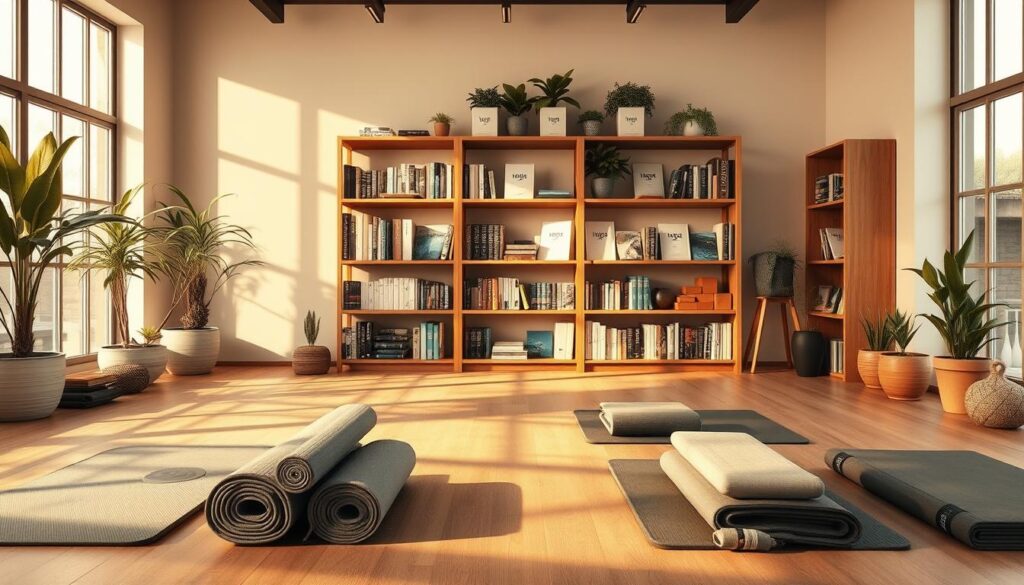
Carmen Galloway’s Books: Now at Barnes & Noble and Apple Books
Her latest book, Mindful Movement Mastery, breaks down advanced poses and alignment tips. Available at Barnes & Noble, it includes *exclusive video bundles*—perfect for visual learners. Apple Books users get interactive features, like 3D posture guides.
| Platform | Key Features |
|---|---|
| Barnes & Noble | Video tutorials + paperback |
| Apple Books | Interactive 3D guides |
Carmen Galloway’s Courses: Available on Udemy
Her Udemy course, Pilates Progression: From Mat to Reformer, has helped 10,000+ students. One review says: “Carmen’s cues transformed my core strength in weeks.” The course adapts to all levels—just like her philosophy of personalized care.
“Learning is a journey, not a race. Start where you are.”
Explore these resources to enrich your wellness journey. Small steps lead to big progress—just roll out your mat and begin.
Integrating Yoga or Pilates into Your Routine
Balance isn’t about perfection; it’s about finding rhythm in your practice. Whether you prefer yoga’s flow or Pilates’ precision, a structured schedule helps you stay consistent. Let’s create a plan that fits your goals—without overwhelming your life.
Creating a Weekly Schedule
Start with 3 days a week, mixing both practices. UChicago’s Wellness Calendar suggests alternating focus:
- Monday/Wednesday: Pilates for core strength (20 mins)
- Friday/Sunday: Yoga for flexibility + meditation (30 mins)
For busy schedules, Healthy Hearts’ telehealth model inspires “micro-sessions”—even 10 minutes counts. Set phone reminders like clinic appointments.
Combining Both for Balanced Results
Pair yoga warmups with Pilates core work. Try this synergy sequence:
- 5-minute Cat-Cow stretch (yoga)
- 10-minute Pilates Hundred
- 5-minute Legs-Up-the-Wall (yoga cooldown)
“Communities thrive when movement is accessible—join local studio events to stay inspired.”
Tracking Progress
Use a journal or app to note milestones. Academic wellness programs recommend tracking:
- Consistency (days per week)
- Energy levels post-session
- Small wins (e.g., deeper stretch, longer hold)
Remember, personalized care means adjusting as you go. Your wellness journey is uniquely yours.
Conclusion
Your path to mindful movement starts with curiosity—not comparison. Yoga and Pilates both offer unique ways to build strength, flexibility, and personalized care for your body. Try a 14-day experiment—alternate between them to see what resonates.
Carmen Galloway’s books and courses can deepen your experience. Remember, progress thrives on consistency, not perfection. Roll out your mat today and celebrate small wins.
We’re excited to walk alongside your wellness journey. Here’s your checklist:
- Choose 3 days weekly to practice
- Note how each session feels
- Explore Carmen’s resources for guidance
FAQ
What’s the main difference between yoga and Pilates?
Yoga focuses on flexibility, breathwork, and mindfulness, while Pilates emphasizes core strength, posture, and controlled movements. Both support your journey toward better well-being but in different ways.
Which is better for stress relief—yoga or Pilates?
Yoga is often preferred for stress relief due to its meditative elements and deep breathing techniques. However, Pilates can also promote relaxation by improving body awareness and tension release.
Do I need equipment for Pilates?
Beginners can start with mat-based Pilates, which requires minimal equipment. As you progress, tools like resistance bands or a reformer may enhance your practice, but they aren’t essential.
Can I combine yoga and Pilates in my routine?
Absolutely! Many people blend both for balanced care—yoga for flexibility and mindfulness, Pilates for strength and alignment. Listen to your body and adjust based on your goals.
Where can I find expert guidance for yoga or Pilates?
Carmen Galloway’s books (available at Barnes & Noble and Apple Books) and courses (on Udemy) offer trusted insights to deepen your practice at any level.
Transform your home into a more peaceful and mindful sanctuary. Creating a Zen-inspired home environment is a core part of the “Live.Learn.Create” theme, focusing on peace, mindfulness, and a clutter-free space. Here is a curated list of Zen home items.
The Zen Essentials
These items are the building blocks of a calm, intentional living space.
- Candles & Scents:
- Scented Candles: Look for calming, natural scents like sandalwood, lavender, white tea, or bergamot. Choose candles made with soy or beeswax for a clean burn.
- Essential Oil Diffusers: A minimalist, sleek diffuser made of bamboo, ceramic, or glass.
- Essential Oil Sets: Look for blends specifically for relaxation, focus, or sleep.
- Incense & Burners: Natural incense sticks (e.g., palo santo, sage) with a simple, elegant burner.
The Zen Decor
This is about incorporating natural elements and simple design.
- Natural Materials:
- Wood or Bamboo Trays: For organizing candles, stones, or other small items.
- Ceramic Vases: Simple, unglazed ceramic vases in neutral colors like white, beige, or gray.
- Minimalist Art: Simple line drawings, abstract prints, or nature-inspired artwork.
- Hand-Carved Stone Coasters: Or other small stone sculptures.
- Textiles:
- Linen or Cotton Throws: A soft, neutral-colored throw blanket to add warmth.
- Jute or Sisal Rugs: These add natural texture and grounding to a space.
- Meditation Cushions (Zafu) & Mats (Zabuton): These provide comfort for meditation and add a serene touch to a room.
The Zen Ambiance
These items help create a peaceful sensory experience.
- Lighting:
- Himalayan Salt Lamps: These provide a warm, soft glow.
- Japanese-style Paper Lanterns: For a soft, diffused light source.
- Dimmable Smart Bulbs: To easily control the warmth and brightness of your lighting.
- Sound:
- Tabletop Water Fountains: The gentle sound of running water is incredibly calming.
- Wind Chimes: Made from natural materials like bamboo or metal for a soft sound.
- Bluetooth Speakers: Small, aesthetically pleasing speakers for playing ambient or meditation music.
- Nature:
- Bonsai Trees or Air Plants: Low-maintenance indoor plants that bring life and a touch of nature indoors.
- Zen Gardens: A small, tabletop sand garden with a rake and stones for a meditative ritual.
- Decorative Rocks & Pebbles: For bowls or as a decorative element.
Best Sellers https://amzn.to/3Vet1tI
New Releases https://amzn.to/4mwLjTi
Amazon Movers & Shakers https://amzn.to/4fPsZlP
Mindfulness Coloring Books https://amzn.to/4fQ0wMx
Personal Growth Coloring Books https://amzn.to/4lJeRf0
Health & Wellness https://amzn.to/4oRt24C
Zen Home Decor https://amzn.to/3VeA3i6
Zen Garden Decor https://amzn.to/4mXjT8D
Zen Garden https://amzn.to/3HQTVVB
- Mindfulness & Meditation:
- Physical Wellness:
- Habit & Productivity Tools:
- Books:
- Best-selling personal development books (Mindset, The 7 Habits of Highly Effective People, The Subtle Art of Not Giving a F*ck)
- Books on a variety of skills (coding, photography, writing.)
- Educational Gadgets:
- Smart pens that digitize notes (e.g., Rocketbook)
- Portable scanners for digitizing documents
- Laptops, tablets, and accessories
Create (Creativity, Innovation, Projects)
These products cater to your creative side, whether you are a artists, writer, or DIY enthusiasts.
- Creative Supplies:
- Adult coloring books or “paint-by-sticker” books
- Craft kits (e.g., candle-making, pottery, embroidery)
- Digital Creation Tools:
- General Inspiration & Making:

